September 1, 2017 7 PM
Originally I intended to come up with a 3D model, perhaps in OpenSCAD for this cannula. As I pondered how to do it, it became clear that it would be difficult to do what I wanted that way.
Since it would be made out of silicone which can flex easily, I realized I could make 2 pieces in a 2.5d way and glue them together to get the shape I'm looking for.
Along the way I decided to make a fake nose that was the model for the biggest the cannula would have to fit. I've added the blue modeling dough nose to the cover photos.
September 1, 2017 9:40 PM
I was planning to make this as a thin RTV construction to be 1/3 to 1/4 the thickness of a standard cannula so that it would fit somewhat comfortably under a pair of eyeglasses, so I began making a cardboard mock-up of the cannula.

Here it is fitted to my blue nose. When I tried this out on my face in the mirror, I found that it doesn't get high enough for interference with eyeglasses to be a concern. If you look at the two pieces in the photo, I realized I only need to make the top piece, but make it to guide a standard cannula back to the ears. The nose-bridge part should keep a standard cannula centered on the patient's face.
I was going to carve a bar of soap to make a mold for the RTV, but it is only long enough to do half of the nose-bridge. I thought about cutting layers of cardboard to tape to a sheet of plastic, but that would take around 10 layers of parts cut out precisely to match, so tomorrow I plan to buy a piece of foam board, and carve my mold out of that. I'll probably need a lot of something for a mold release. My first guess will be vaseline.
Stay Tuned......
September 3, 2:19 AM
I bought the foam board, and cut my forms out of it.
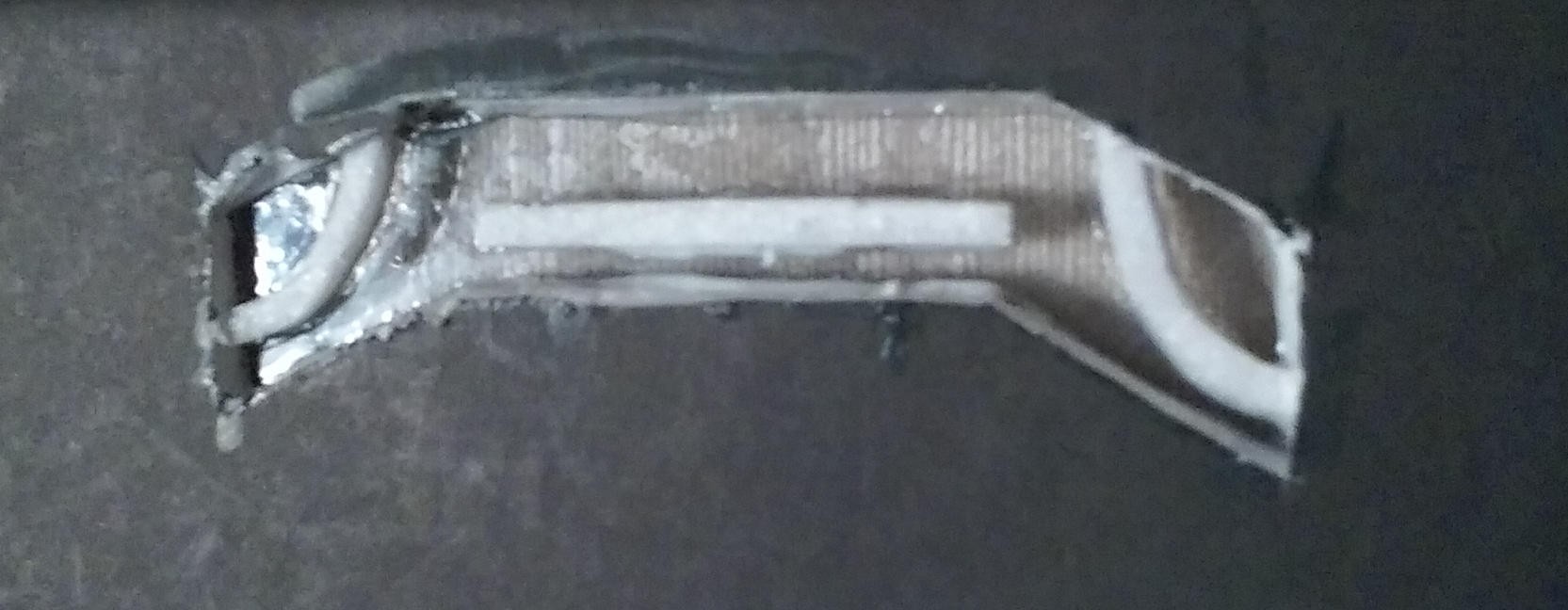
The 3 white parts include 2 for the cannula tubes to fit into, and 1 across the middle for some metal to keep the shape bent over the patient's nose. These are thinner than the rest to leave a bit of silicone above them to keep the shape. I used white glue to smooth out the sides, but we'll see how well that works, because the foam soaks up a lot of white glue.
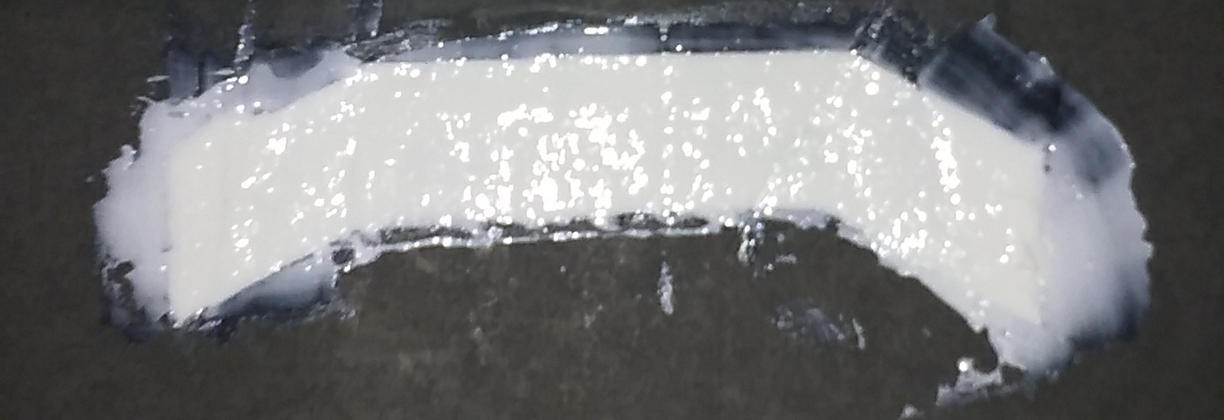
Here is the mold filled in with silicone. I hope the white glue can be softened with water to release my silicone part.
September 3, 6:20 PM
The mold is glued onto an acrylic sheet, so the air has a hard time getting to the bottom of it. When pressing on the sides it feels like there is still some uncured RTV under there, so I'll have to use heat and humidity when I get back from a necessary interruption.
September 4 2:30 AM
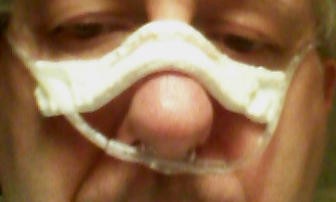
Here is my cannula nosebridge made from white RTV. Crude, and a poor photo, it makes me wonder if a somewhat functional substitute could be made with duct tape.
September 6 9:52 PM
I have tried the duct tape method, and find that it works well. I wrote instructions for making a duct tape nosebridge for a standard cannula in LibreOffice Draw, and output it to a .PDF file so that Windows users will feel at home also. I know that LibreOffice Draw prints things to scale, I hope .PDF documents are as accurate.
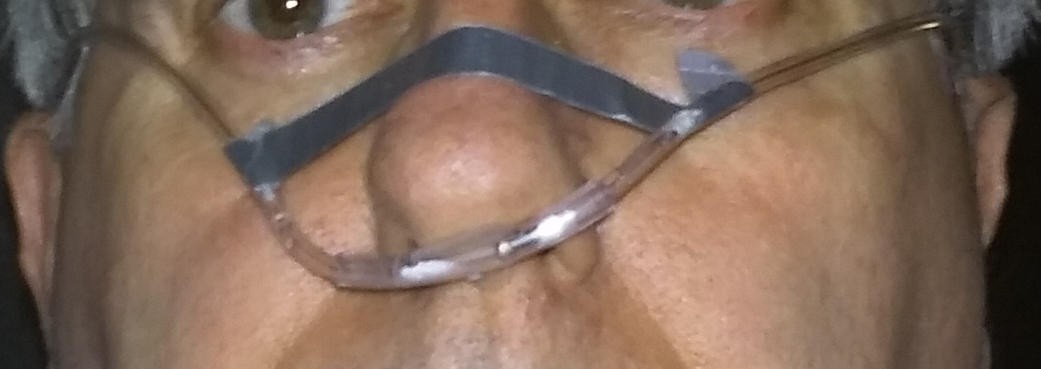
Very inexpensive, and resists coming out from under the nose. Fairly gentle on the skin too, as long as you cover ALL of the adhesive.
I suspect that someone I know lost some brain function because of a cannula that went unnoticed while out from under the nose, you may be able to prevent that for someone else.
 Carl Giles
Carl Giles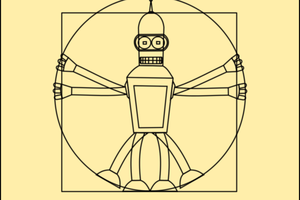
 Morning.Star
Morning.Star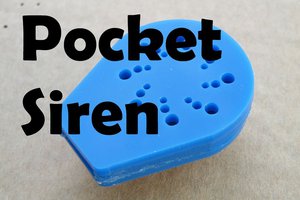
 Mark Langford
Mark Langford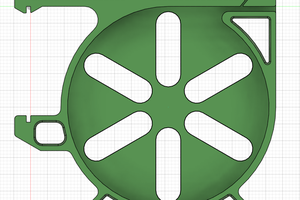
 Matthew Reeves
Matthew Reeves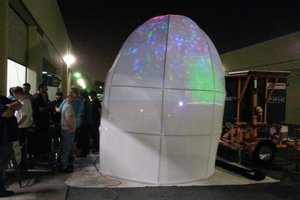
 T. B. Trzepacz
T. B. Trzepacz